The Ethiopian Highlands form Africa’s highest plateau, reaching elevations of nearly 15,000ft (4,572m). Hidden within these peaks and plains are churches carved into mountain cliffs, and animals found nowhere else on Earth.
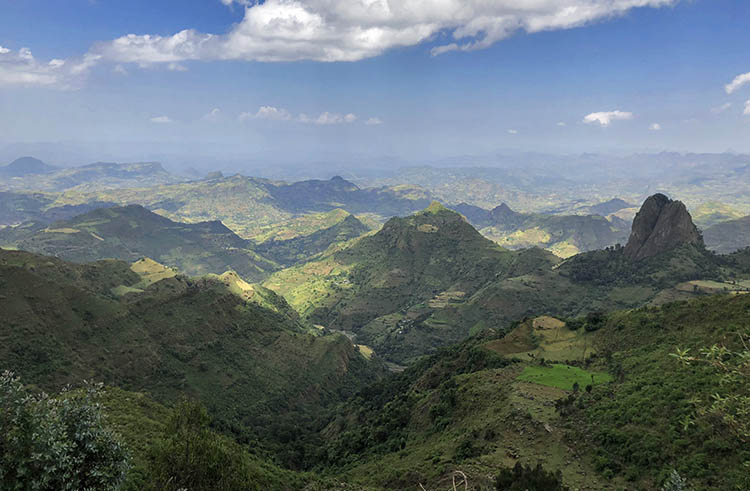 Photo © Ellen Hall
Photo © Ellen Hall
- Simien Mountains National Park
- The rock-hewn churches of Gheralta
- Bale Mountains National Park
- Trip Notes
- Listen to the World Nomads Podcast: Ethiopia
Simien Mountains National Park
Nothing I’d read about the Simien Mountains prepares me for my first sight of them – row upon row of knife-edged ridges, fuzzy with greenery from the recent rains. This isn’t the Africa of acacia-covered savannahs or dense jungle – this is a totally different kind of landscape.
As our 4x4 jostles along the road from our lodge to Simien Mountains National Park, our progress is slowed by a variety of Ethiopian traffic jams: herds of goats, clusters of uniformed school children, and what we called “donkey trains” – strings of driverless donkeys, laden with goods, trotting along the highway. A local transport truck hurtles past, its slatted, open bed packed with standing passengers.
With me is my husband, our guide Charlie, and our scout, armed with a gun and dressed for the chill in a bright scarf and a natty fedora. It’s compulsory for visitors to the park to be accompanied by a scout to keep them safe around wildlife – namely, leopards.
Those remain elusive, but the park’s most famous residents – gelada monkeys – are much easier to spot. Found only in the Ethiopian Highlands, these grass-eating primates have wild, golden manes like something out of a Dr. Seuss book, and a red, heart-shaped patch on their chests. We pass fields filled with them, the adult males looking like so many haystacks. Baby geladas scamper between the females.
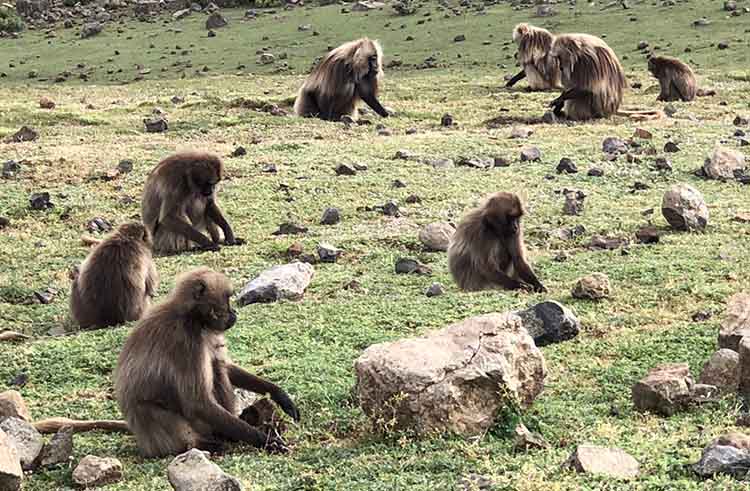
Our goal is to see another animal unique to the region, the endangered Walia ibex. We head for a remote area of the park where they’re often found, pausing at overlooks to watch lammergeyers (bearded vultures) swoop along the cliffs. Leaving the vehicle to hike along a creek, we’re rewarded – grazing on the opposite slope is a small herd of ibex. One striking male, with magnificent curved horns and a long black beard, stands with his front legs on a rock, as if posing for a portrait.
Suddenly, our scout points to the ridge behind us. Framed against the sky is a lone Ethiopian wolf, the rarest member of the dog family. “You are lucky,” says Charlie. In all his visits here, he’d only seen one other.
The rock-hewn churches of Gheralta
“This is my favorite place in Ethiopia,” says Bem, our guide for this portion of the trip. I can see why. We’re in the Gheralta Mountains, in Tigray, Ethiopia’s northernmost region. All around us are pinnacles of red sandstone, tinted gold by the setting sun. It’s as spectacular as anything I’d seen in the American West.
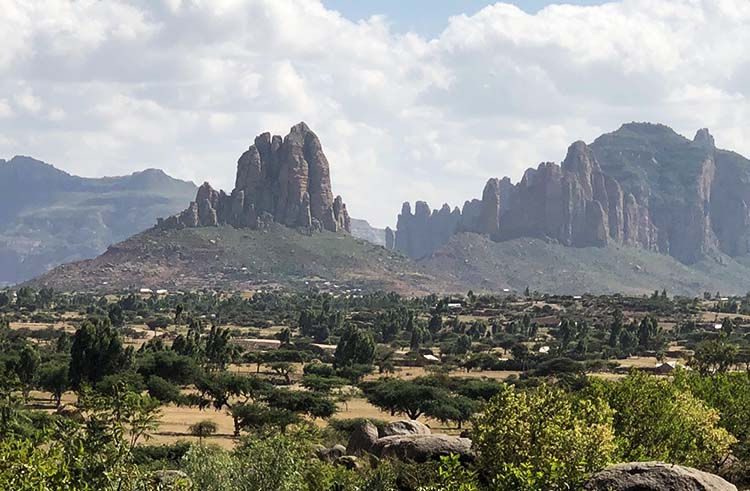
In my eagerness to see wildlife, I haven’t really thought much about this part of our journey. But it ends up leaving perhaps the biggest impression of all.
These mountains are famous for their monumental landscapes and rock-carved churches – more than 120 of them – centuries old, adorned with frescoes, and often perched at the top of cliffs.
The next day, we hike up to one of these churches. Fortunately for me, it isn’t Abuna Yemata Guh, which can only be accessed by climbing a sheer rock face using ropes and well-worn footholds. But the hour-long hike up to Abuna Abraham Debre Tsion, on a steep, narrow path, skittery with loose dirt, is nothing to sneeze at.
The view from the top is extraordinary, and the church itself is astonishing – every inch of its ceilings, walls, and archways seems to be decorated with geometric carvings and paintings of doe-eyed saints. Most precious of all is a hand-painted book in the shape of a circular fan, dating from the 15th century, which the priest displays to us with pride.
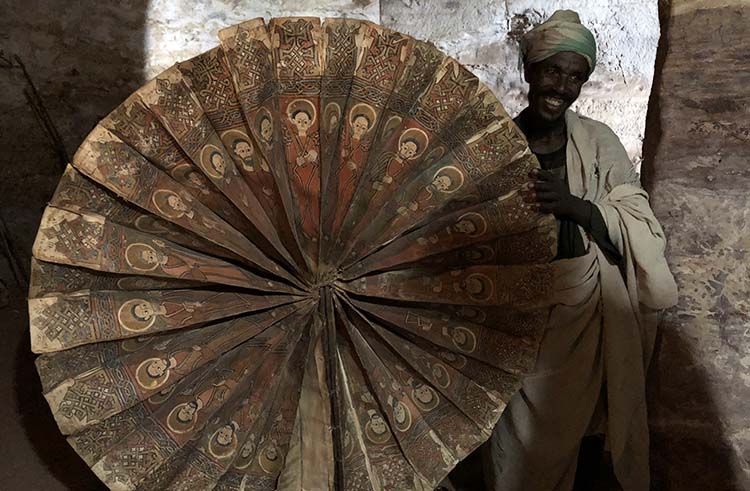
Bale Mountains National Park
This park in southcentral Ethiopia is famous for diverse terrain and abundant wildlife – especially wolves. Most people visit on a multi-day trek, camping along the way. We’re only there for two nights. If we want to see more wolves, this is our chance.
As we linger over coffee in the chilly dawn, our guide Awal gently urges us to get going. There’s a wolf den on the nearby plateau, but they’ll soon be off hunting.
Walking across the springy moss of the tundra-like plateau, at first we see nothing but rodent holes. But then, about 150ft (45m) away, we spot a sleek, reddish-brown shape, and then six more. Looking like tall, lanky foxes, and playing and wrestling like dogs the world over, they seem in no hurry to start off on their hunt.
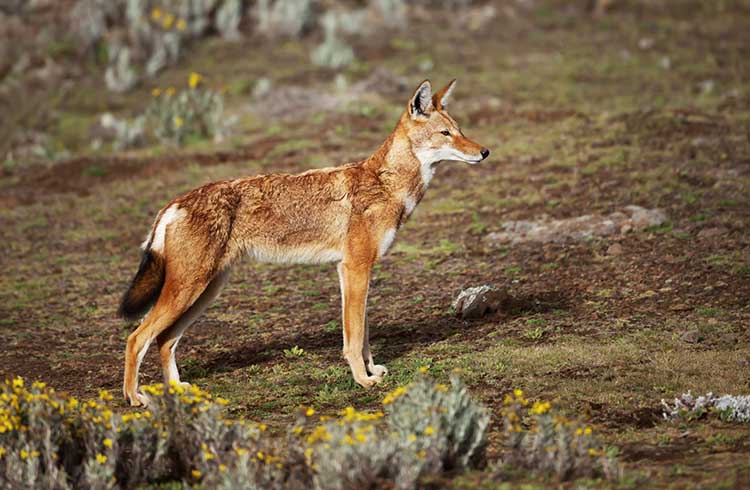
We tell Awal about the wolf we’d seen in the Simien Mountains. “You are lucky people, then,” he says. “We will have a good day.” He’s pleased to learn we’re also interested in birds – as a naturalist guide, he knows the local birds well, but most of his guests are focused on the mammals. We set a goal for the day – 50 total bird species. One by one, we check them off: Tacazze sunbird, Cape eagle-owl, Abyssinian longclaw, lanner falcon, Rouget's rail.
Our hike takes us through forested glades and meadows filled with baboons, warthogs, and Mountain nyala, a large, spiral-horned antelope found almost exclusively in Bale. At one point, Awal stops us: “Look!” he whispers. “A serval cat!” Long-legged and big-eared, with dramatic spots, it stares at us for a moment before striding off though the grass – a rare sight, especially at midday.
Does our good luck get us to 50 birds? Not quite. But I hope it brings us back to Bale one day.
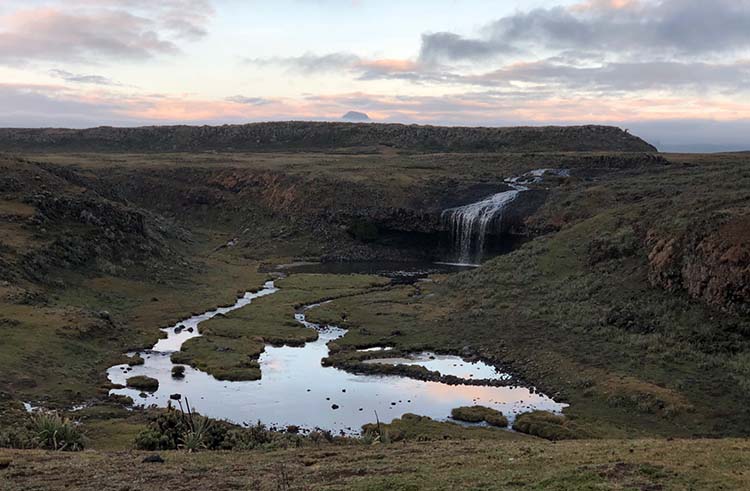
Trip Notes
Simien Mountains National Park
The park is about 2.5 hours by car from the city of Gondar. Entry permits must be purchased at the park office in Debark, about 1 hour from the park entrance. Scouts, guides, and treks can also be arranged here. There are nine campsites in the park – some are accessible by car. Basic dorm accommodation is also available at Buyit Ras, Gich, Sankaber, and Chennek. For more upscale accommodation, there’s Limalimo Lodge (from USD $215) or Simien Lodge (from USD $115).
Gheralta
Gheralta is around 3.5 hours by car from the city of Axum. Local guides are required to visit some churches and recommended overall. Guides can be hired from the Gheralta Guides Association. Cozy accommodations are available at Gheralta Lodge (budget single rooms from USD $25) or the more upscale Korkor lodge (from USD $150). Or you can do what some travelers we met did – go by campervan, and pay a small fee for meals and bathroom facilities at one of the lodges.
Bale Mountains National Park
Bale is 7 to 8 hours by car from Addis Ababa or 3.5 hours from Hawassa. Camping is available at the park headquarters at Dinsho and eight camps within the park. Hotel accommodation is available in Dinsho or Goba, or more upscale accommodation at Bale Mountain Lodge (from USD $190). Hiring a guide from Nyala Guides Associations is mandatory (around USD $8/day). Horses are also available for treks. Entry fees and treks must be arranged at the park headquarters.
Listen to the World Nomads Podcast: Ethiopia
Hear more from the author, plus learn about Ethiopia's long, rich history, how it's changing, and what makes it such an unusual African destination.
Related articles
Simple and flexible travel insurance
You can buy at home or while traveling, and claim online from anywhere in the world. With 150+ adventure activities covered and 24/7 emergency assistance.
Get a quote
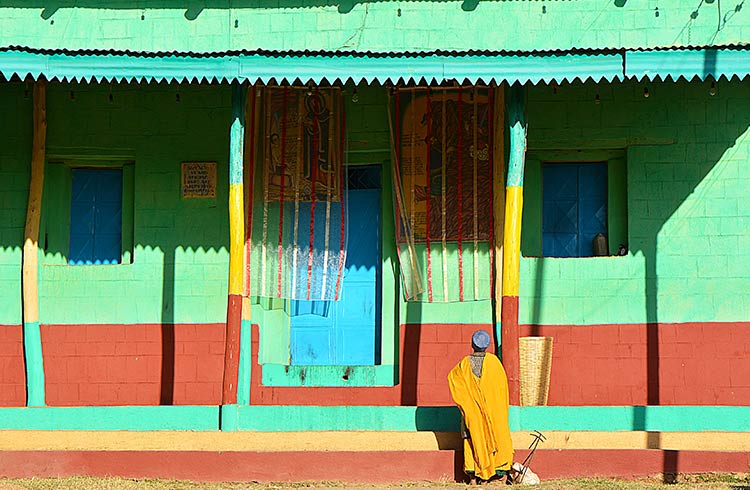
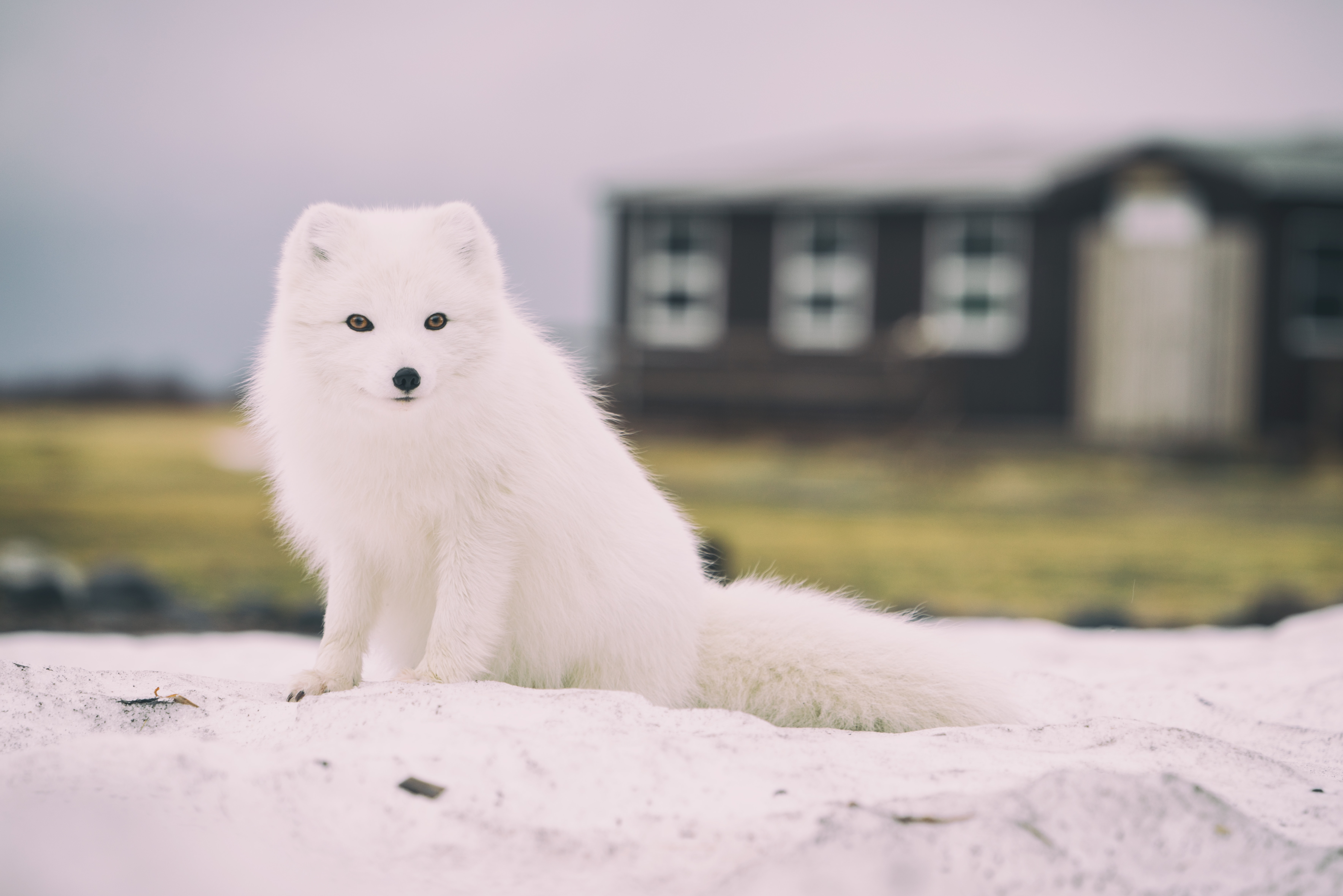
No Comments